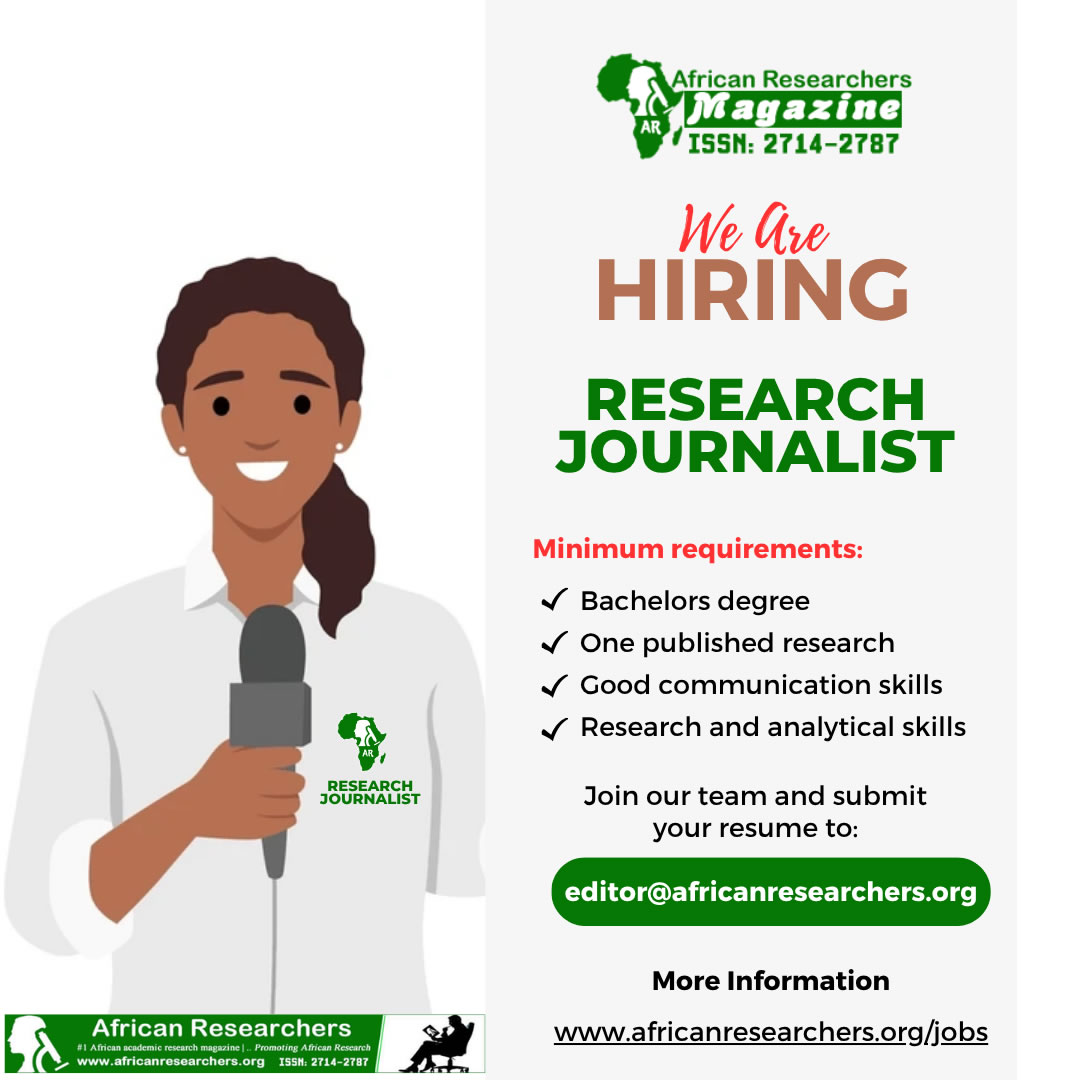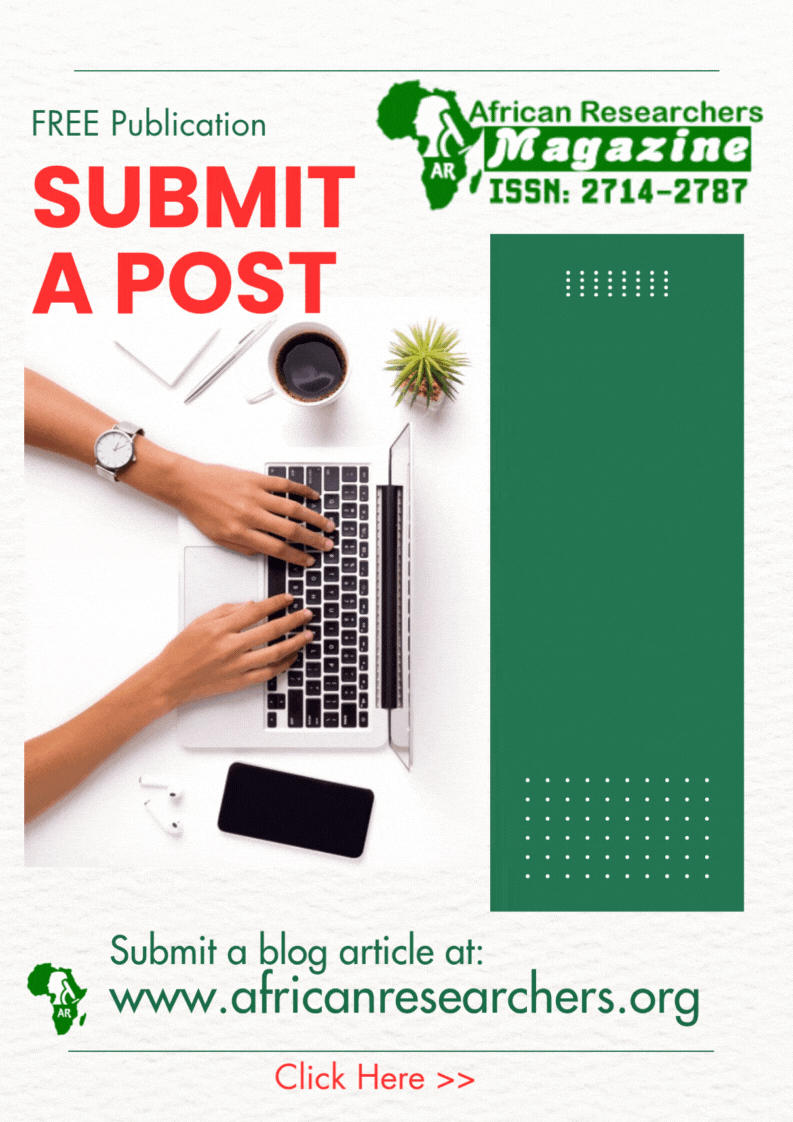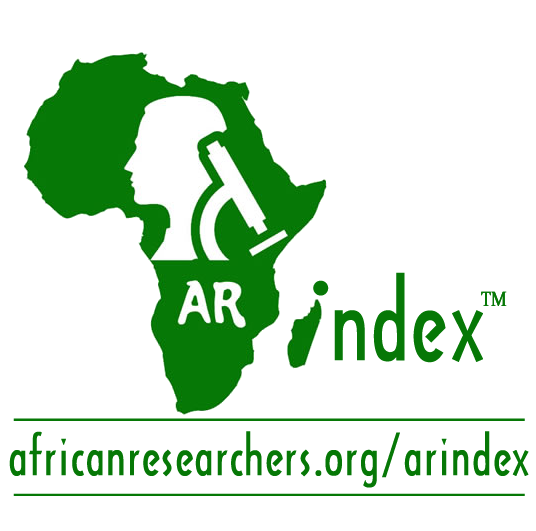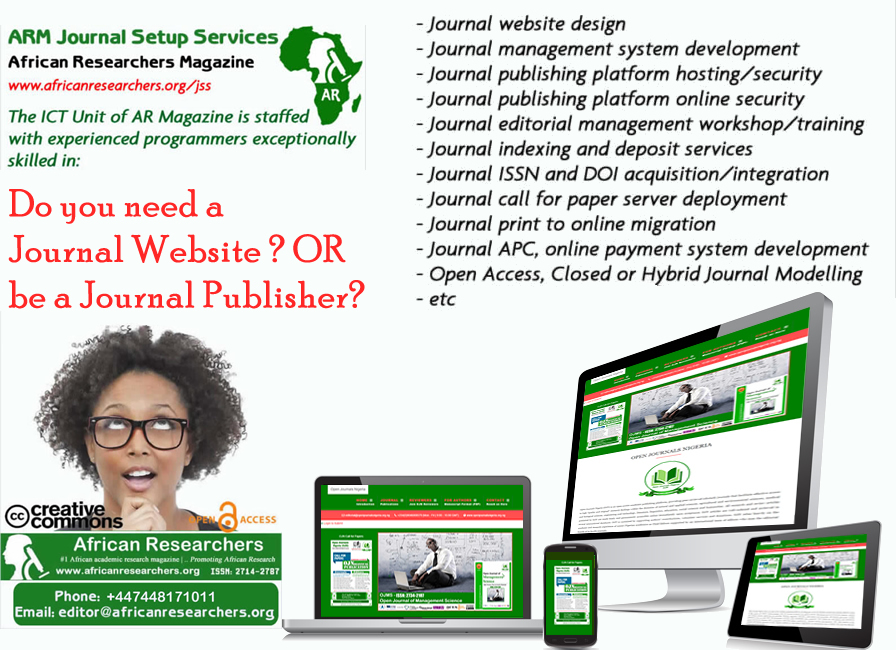Millions of adolescents across Africa may unknowingly suffer from asthma, a chronic respiratory condition that affects millions globally, due to underdiagnosis and limited access to treatment. A study recently published in The Lancet highlights a pressing issue in African healthcare systems: the lack of awareness, diagnosis, and treatment for asthma among young people. This silent epidemic has serious implications for public health, given that asthma is a leading cause of chronic respiratory death worldwide.
Key Findings of the Study
Conducted between 2018 and 2021, researchers from Queen Mary University of London (QMUL) studied over 20,000 adolescents aged 12 to 14 in six urban centers: Blantyre (Malawi), Durban (South Africa), Harare (Zimbabwe), Kampala (Uganda), Kumasi (Ghana), and Lagos (Nigeria). The results are alarming:
- Prevalence of Symptoms: About 12% of participants showed severe asthma symptoms, yet 80% had never been diagnosed by a clinician.
- Lack of Treatment: One-third of adolescents previously diagnosed with asthma reported severe symptoms but were not using medication to manage their condition. Many lacked awareness of asthma therapies and underestimated the severity of the disease.
- Geographical Disparities: Durban had the highest prevalence of asthma symptoms, while Blantyre had the lowest. This variance reflects how environmental and socio-economic factors influence asthma prevalence across regions.
The study suggests that if these results were extrapolated, as many as 15 million adolescents in sub-Saharan Africa could have undiagnosed asthma, leaving them vulnerable to complications and preventable deaths.
The Burden of Asthma in Africa
Asthma is a chronic disease characterized by inflammation of the airways that leads to breathing difficulties, wheezing, chest tightness, and coughing. While asthma can be managed effectively with proper treatment, the condition remains a significant health burden in Africa.
- Rising Cases: The number of asthma cases on the continent increased from 94 million in 2000 to 119 million in 2010. Adolescents account for roughly 14% of cases.
- Underdiagnosis: Poor access to healthcare and limited awareness about asthma contribute to underdiagnosis, particularly in low-income areas.
- High mortality rates: severe asthma can lead to fatal complications, with mortality rates disproportionately higher in African countries due to inadequate treatment options.
Urbanization and Environmental Factors
Africa’s rapid urbanization, the fastest in the world at 3.5% annually, has contributed significantly to the rise in asthma cases. Expanding cities bring economic opportunities but also increase exposure to environmental triggers, including:
- Air Pollution: Vehicle emissions, industrial waste, and coal-powered energy plants contribute to poor air quality. For instance, South Africa’s reliance on coal for electricity has resulted in some of the worst pollution levels on the continent.
- Climate Change: Global warming exacerbates asthma risks by intensifying dust storms, wildfires, and temperature fluctuations.
Socioeconomic Barriers to Asthma Management
Economic inequality remains a significant barrier to asthma care in Africa. Over 60% of urban dwellers live in informal settlements, where access to healthcare is limited. Additionally, the high cost of asthma medication is prohibitive for many families. In Nigeria, for example, the price of inhalers has tripled recently due to inflation and the exit of major pharmaceutical companies like GlaxoSmithKline.
Impacts on Adolescents
Asthma’s impact on adolescents extends beyond physical health:
- Education: Frequent absences from school due to asthma attacks hinder academic performance.
- Mental Health: Chronic illness, stigma, and anxiety about asthma attacks can affect psychological well-being.
- Social Activities: Limited participation in sports and play due to breathing difficulties isolates affected adolescents from their peers.
Solutions and Recommendations
To address this silent epidemic, a multifaceted approach is required:
- Improved Air Quality: Governments must prioritize controlling urban air pollution by adopting clean energy policies and enforcing emissions standards.
- Enhanced Healthcare Access: Investments in healthcare infrastructure and subsidies for asthma medications can make treatment more accessible. This includes preventive care, which is cost-effective in the long term compared to crisis-driven approaches.
- Community Awareness: Public health campaigns are essential to educate families and schools about asthma symptoms, triggers, and management strategies.
- School-Based Interventions: Mobile clinics that visit schools to screen for asthma, provide diagnoses, and offer treatments could significantly improve early detection rates. With high attendance rates at the start of secondary school, this approach could efficiently reach adolescents at risk.
- Research and Data Collection: More localized studies are needed to understand regional variations in asthma prevalence and inform tailored healthcare policies.
A Call to Action
The asthma crisis in Africa highlights the urgent need for systemic change in how respiratory diseases are identified and managed. Collaboration between governments, international health organizations, and pharmaceutical companies is critical to ensuring that adolescents receive timely diagnoses and affordable treatments. Proactive measures today can save lives and improve the quality of life for millions across the continent.
















 The African Research (AR) Index is a comprehensive scholarly directory and database focused explicitly on journal publishers that publish and disseminate African research.
The African Research (AR) Index is a comprehensive scholarly directory and database focused explicitly on journal publishers that publish and disseminate African research.

